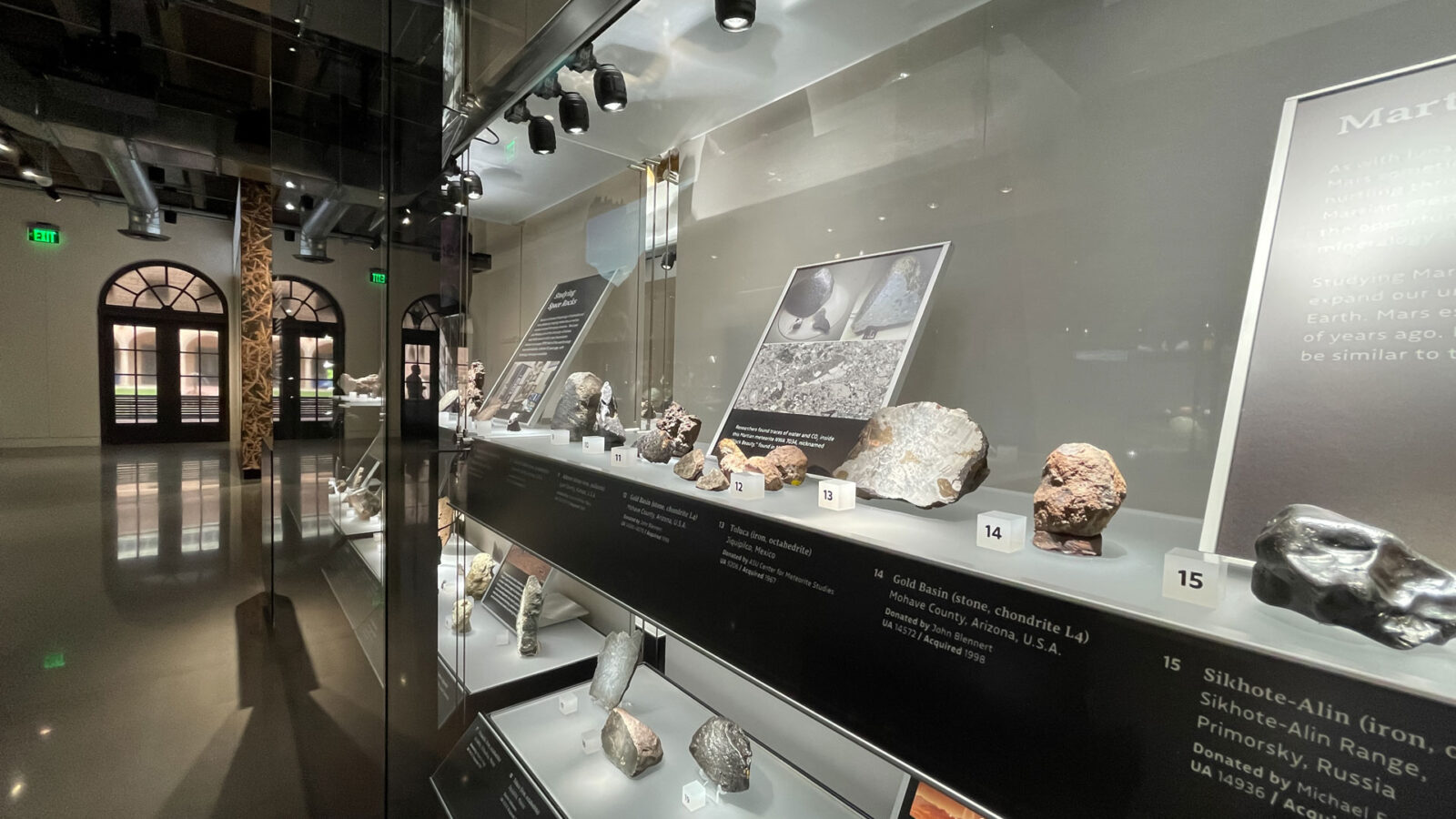The Growing Tucson Gem Show: What It Means for Local Real Estate & Our Community
In 2025, the Tucson Gem, Mineral & Fossil Showcase made headlines—not just among collectors, but across Southern Arizona’s economy. With massive attendance, record vendor turnout, and increased tax revenue, the Show has become more than a cultural phenomenon—it’s a local economic engine.
This blog explores what the 2025 Gem Show’s growth signals for real estate, community infrastructure, and the future of Tucson-area neighborhoods.
Why the Gem Show Matters Beyond Rocks & Minerals
Every February–March, Tucson draws tens of thousands of visitors from around the world during the Gem, Mineral & Fossil Showcase. It’s a globally recognized event that brings serious collectors, academics, dealers, and curious tourists. In 2025, the Show hit new heights: direct spending jumped from approximately $131.4 million in 2019 to over $286 million in 2025.
This kind of visitor spending ripples far beyond the convention center—with hotels, restaurants, transit, retail, and local services all benefitting. For neighborhoods, it means increased foot traffic, more visibility, and renewed interest in areas close to the action.
Real Estate Impacts: Demand, Development & Values
Increased Demand for Short-Term Rental Properties
With the influx of visitors, neighborhoods near the Show and along primary access corridors become especially attractive for vacation rentals, boutique lodging, or styled Airbnbs. Owners in Miraval, Midtown, or near the convention center may see stronger demand for well-located inventory.
Infrastructure Upgrades & Public Improvements
To support large event traffic, city and county agencies often invest in road maintenance, wayfinding signage, parking, lighting, and beautification. These upgrades frequently raise the appeal of adjacent neighborhoods, making them more attractive to buyers.
Spillover Interest in Adjacent Communities
Buyers who attend the Show may explore neighborhoods just beyond central Tucson—areas like Sam Hughes, Barrio Viejo, or even parts of Catalina Foothills. The Show acts as a magnet, putting lesser-known neighborhoods on the radar for real estate scouts.
Reinforcing Local Market Confidence
When a regional event expands so significantly, it signals to investors, local businesses, and homebuyers that Tucson is a city on the rise. That optimism can translate into more new home constructions, speculative lot purchases, and expansions in master-planned communities.
Community & Quality-of-Life Considerations
While the Gem Show’s growth brings economic upside, it also brings challenges and opportunities for residents.
- Traffic and congestion: During peak days, main arteries can become congested. Smart traffic planning, alternate routes, and public transit options become essential.
- Wear on public amenities: Parks, sidewalks, and public facilities may see heavier use, pushing demand for maintenance and upgrades.
- Cultural pride & identity: The Show helps reinforce Tucson’s status as a center for earth sciences, museums, and desert art culture. That identity strengthens local morale and attracts cultural investment.
- Supporting local small businesses: Beyond big hotels, smaller venues, galleries, cafés, and niche shops can benefit from the spillover of visitors.
What Buyers & Builders Should Watch
As the Show grows and its influence radiates outward, here’s what prospective homebuyers, landowners, and builders should pay attention to:
- Proximity to major access routes: Homes near Oracle Road, I‑10, or major corridors may carry higher long-term value, though noise and traffic should be mitigated by smart design.
- Mixed-use zoning: Watch for changes in zoning near central corridors—retail, hospitality, or creative use zones might expand.
- New lot development: Because interest in central Tucson often outpaces availability, new building lots in fringe communities may gain in appeal.
- Quality of streetscaping & landscape: As visitor expectations rise, neighborhoods will be judged more on appearance, walkability, and visual appeal.
- Community engagement & event programming: Neighborhoods that host satellite events, art walks, or gem‑related gatherings can benefit from increased attention.
Fairfield Homes & Tucson’s Future with the Gem Show
At Fairfield Homes, we see the Gem Show as more than a seasonal event—it’s a gauge of Tucson’s capacity for growth, culture, and global recognition. That’s why, in our community planning and home designs, we emphasize:
- Seamless connectivity to main corridors without sacrificing privacy
- Landscaped streets that remain appealing even during high‑traffic events
- Lots large enough to buffer homes from event noise
- Areas for visitor amenities (guest suites, accessory dwelling units) in certain designs
- Collaborative opportunities with cultural institutions (e.g. gem displays in visitor centers, art walk pathways)
As Tucson’s profile elevates on the national and international stage, so does the value of thoughtful, well-located home design.
What This Means for You
If you’ve been considering homeownership or development in Tucson or surrounding communities, now is an especially opportune moment. The rising tide of cultural and economic events like the Gem Show can boost demand, enhance visibility, and generate new opportunities—not just for short-term gain, but long-term community strength.
Let’s build homes that take advantage of Tucson’s momentum—homes that feel timeless yet responsive to the city’s evolving growth. When you’re ready, let’s talk about how your next home can be part of Tucson’s bright future.
Sources
- KGUN9 News. “Rock Solid: 2025 Tucson Gem, Mineral & Fossil Showcase Drew Large Crowds, Collected More in Taxes.” KGUN9.com, March 7, 2025. https://www.kgun9.com/news/community-inspired-journalism/midtown-news/rock-solid-2025-tucson-gem-mineral-fossil-showcase-drew-large-crowds-collected-more-in-taxes
- Visit Tucson. “Gem Show Economic Impact.” VisitTucson.org. Accessed September 2025. https://www.visittucson.org
- Billy Morris Real Estate. “Southern Arizona Real Estate Market Update – May 2025.” BillyMorrisRealEstate.com. https://www.billymorrisrealestate.com/blog/southern-arizona-real-estate-market-update-may-2025

